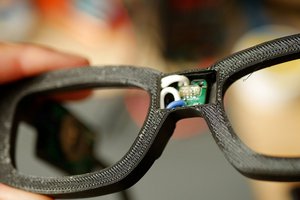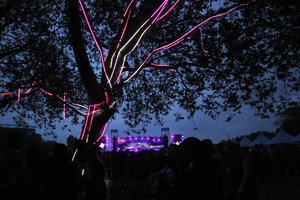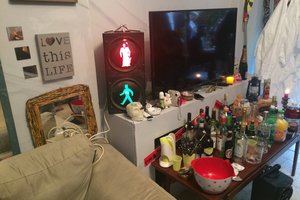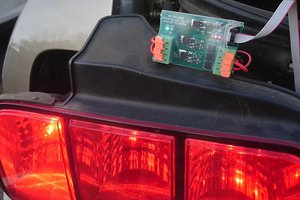
There are plenty of smart lighting systems out there that let you change light colors and dim with just your smartphone (or even your voice), but this Open Source lamp called Lumos is a smart lighting system that works to benefit your health.
Lumos mimics the natural light of the sun as it passes overhead each day, generating bright blue light in the morning and warmer amber light in the evening.

Decades of research from Harvard Medical School , NASA , and leading institutions around the world have revealed a great deal of information about how light impacts and regulates our health. They explain that blue light aids in the production of cortisol, which is important to give the human body energy in the morning, and red light aids in the production of sleep-inducing melatonin.

Almost 20% of the world's population is sleep deprived & possibly spends more than 8 hours a day under an unnatural light, which can throw off the body’s internal clock and prevent it from performing at optimum levels.
The Lumos smart lamp aims to change that by pairing with WiFi and uses Machine Learning to adjust the light to match your sleep schedule.
Develop:
Are you a programmer, engineer or designer who has a great idea for a new feature in Lumos? Maybe you have a good idea for a bug fix? Feel free to grab our code, schematics & CAD files from Github and tinker with it.
 Jonty
Jonty


















 Dave Bennett
Dave Bennett


 Sung Dz-da
Sung Dz-da
Cool project!! Right now I'm playing around with some ws2812 (adressable RGB-leds) for a project of mine. Those LEDs are quite simple to use and could be a good alternative for you maybe. :)
Have a nice day!!